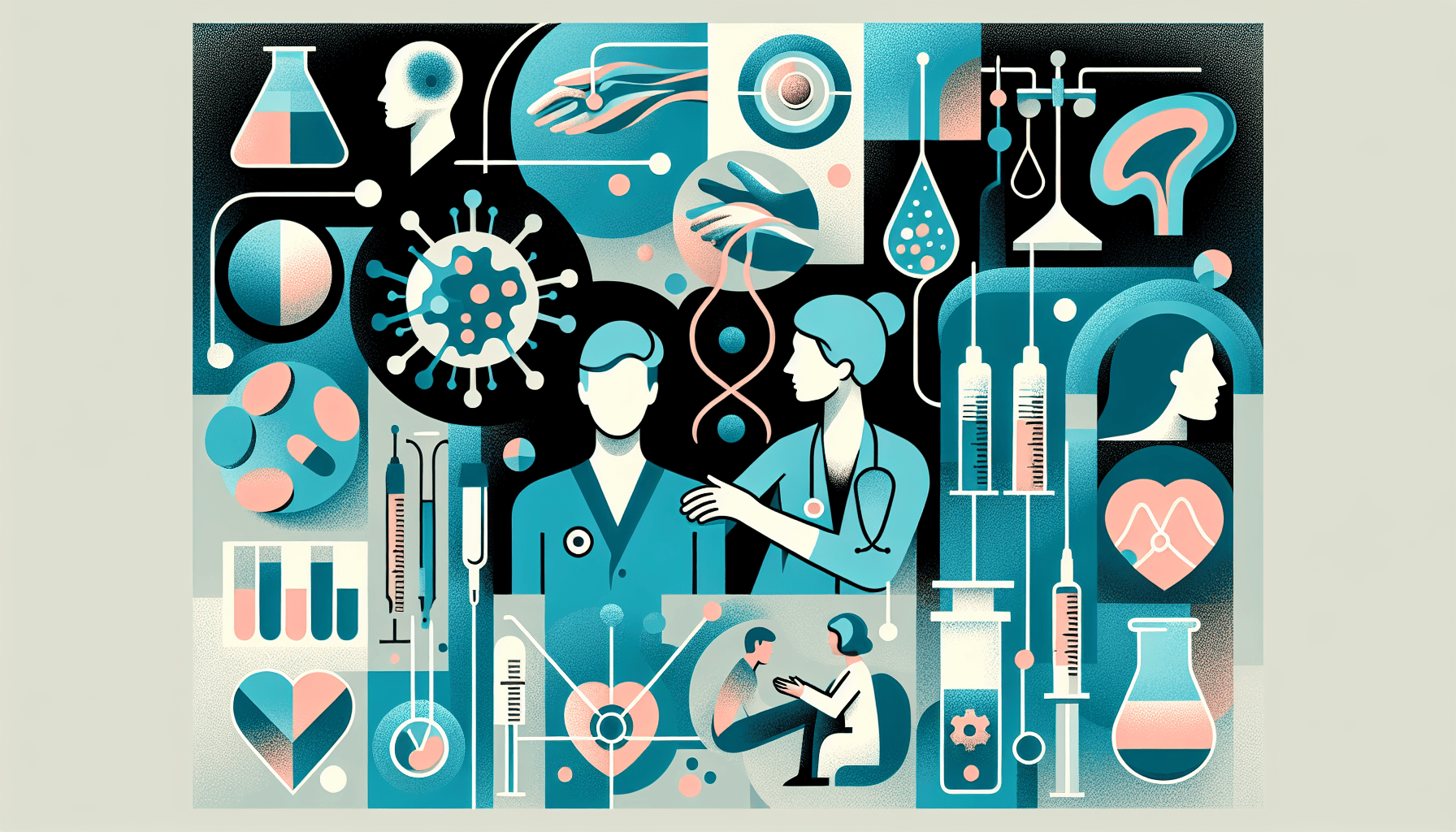Tirzepatide for Sleep Apnea - Can It Help?
Understanding Sleep Apnea and Its ChallengesSleep apnea is a common yet serious sleep disorder characterized by repeated interruptions in breathing during sleep. These pauses [...]
Read More
Medically reviewed by Abhijit Bhattacharyya | MD, PhD, MBA, Tufts University School of Medicine - Miami, Florida on January 1st, 2024.
Mycosis fungoides is a rare type of blood cancer that affects the skin. Mycosis fungoides is a subtype of cutaneous T-cell lymphoma (CTCL). It occurs when white blood cells called T-cells grow out of control and move from the blood into the skin, causing a red, itchy rash. When cancerous T-cells are found in both the skin and the blood, the condition is called Sezary syndrome.
The exact cause of mycosis fungoides is unknown, but it may be related to a virus, exposure to chemicals, or genetic factors. The condition can occur at any age, but it is most common in people in their 50s and 60s. Men are twice as likely as women to develop mycosis fungoides.
Mycosis fungoides usually develops slowly and progresses through four stages:
First stage: A scaly red rash appears in areas that don't get sunlight, such as the buttocks. This stage may last for months or years without other symptoms.
Second stage: The rash becomes a thin, red, patch-like appearance.
Third stage: Small, raised bumps or hard plaques develop, which may be red in color.
Fourth stage: Tumors or bumps that resemble mushrooms appear. These can break open and become infected.
It's possible to have patches, plaques, and tumors simultaneously, but most people with long-term mycosis fungoides only experience the first two stages.

Diagnosing mycosis fungoides can be challenging because the rash can resemble other common skin conditions like eczema or psoriasis. It may take years to receive an accurate diagnosis. To confirm the presence of mycosis fungoides, your doctor will perform a skin biopsy and examine the sample under a microscope. Multiple biopsies may be necessary.
In most cases, mycosis fungoides remains confined to the skin, and many people can live normal lives while managing the rash. However, in about 10% of cases, the cancer spreads to lymph nodes or other organs, which can be serious. Some people may also develop Sezary syndrome, a more aggressive form of the disease that affects the blood and skin extensively.
While there is no cure for mycosis fungoides, various treatments can help manage symptoms and achieve long-term remission. Treatment options include:
Topical medications: Creams, gels, or lotions containing corticosteroids, retinoids, or chemotherapy drugs can help clear the rash, control the cancer, and relieve itching.
Phototherapy: Ultraviolet light rays, sometimes combined with drugs that make T-cells more sensitive to light, can be used to heal the skin.
Radiation therapy: Electron beam radiation targets and kills cancer cells in the upper layers of the skin without damaging deeper tissues. It can be used to treat the entire body or specific trouble spots.
Systemic therapies: For more advanced cases, doctors may recommend chemotherapy, targeted therapy, biologic therapy, retinoid pills, or photopheresis (a treatment that uses UV light to treat cancerous cells in the blood).
New agents targeting T-cell receptors are in ongoing clinical trials. For information about current clinical trials, visit NIH Clinical Research Trials.
Mycosis fungoides can cause very dry and itchy skin. To manage these symptoms, try taking short, lukewarm baths or showers, patting your skin dry, using unscented moisturizers, and applying cold compresses to particularly itchy areas. The Cutaneous Lymphoma Foundation offers an online community that provides support and additional tips for living with this condition.
If you suspect you may have mycosis fungoides, consult your doctor for an accurate diagnosis and appropriate treatment plan. With proper management, many people with this condition can maintain a good quality of life.
For more information on mycosis fungoides and other types of cutaneous T-cell lymphoma, visit the American Cancer Society and the Leukemia & Lymphoma Society websites.
Understanding Sleep Apnea and Its ChallengesSleep apnea is a common yet serious sleep disorder characterized by repeated interruptions in breathing during sleep. These pauses [...]
Read MoreHeart attacks are often perceived as a predominantly male health issue, but the reality is that heart disease is the leading cause of death for women worldwide. Recognizing [...]
Read MoreTelehealth has transformed the way patients access healthcare, offering convenience, speed, and accessibility that traditional in-person visits often cannot match. With the [...]
Read More